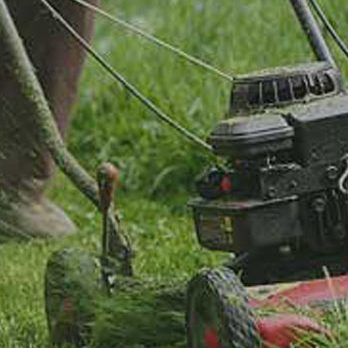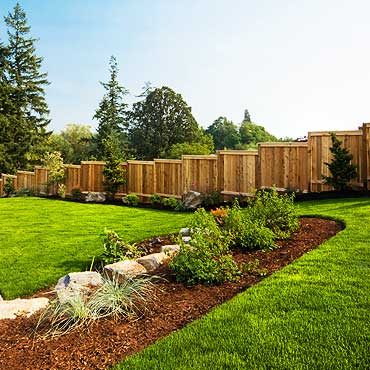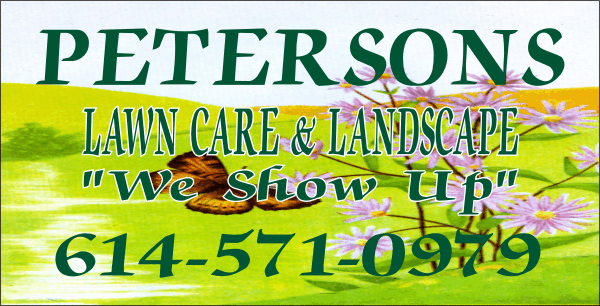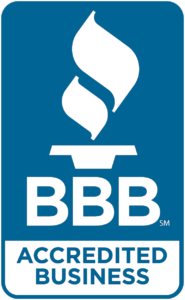Blog
From Ornamental to Outlaw: The Story of Japanese Knotweed and How to Stop Its Spread
|
The unwelcome guest in your garden: Japanese Knot-weed Japanese Knot-weed is a real battleground weed for any gardener. This fast-growing, invasive perennial can quickly take over your flowerbeds and wreak havoc on your property. It can withstand extreme temperatures, happily growing on the side of volcanoes, or in sub-zero climates. So how do you get rid of it? Japanese Knot-weed is native to Japan, China, and parts of Korea and Taiwan. It was first introduced as an ornamental plant in 1825 and from there spread to North America in the late nineteenth century. Because of its dense growth pattern and high weather tolerance it was often used for erosion control along streams and rivers. By the late 1930s knot-weed was already being viewed as a problematic pest. Identifying the Enemy:
How it Got There: Unfortunately, there are a few ways this unwelcome guest might have arrived in your garden:
Don't Go DIY: While tempting to tackle knot-weed yourself, it's important to remember that even small bits of root, the size of a thumbnail, can grow into new plants, so disturbing the soil can worsen the infestation. Trained experts have access to specialized treatments, including herbicides and bio-control methods, for effective removal. Remember: Early detection is key! The sooner you take action, the easier and less expensive it will be to eradicate this persistent weed. |

View our different services today!

Message us for a free estimate!

Contact us today!

